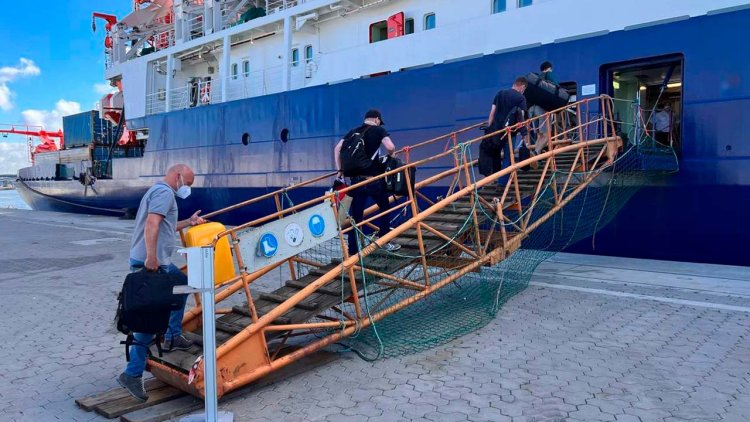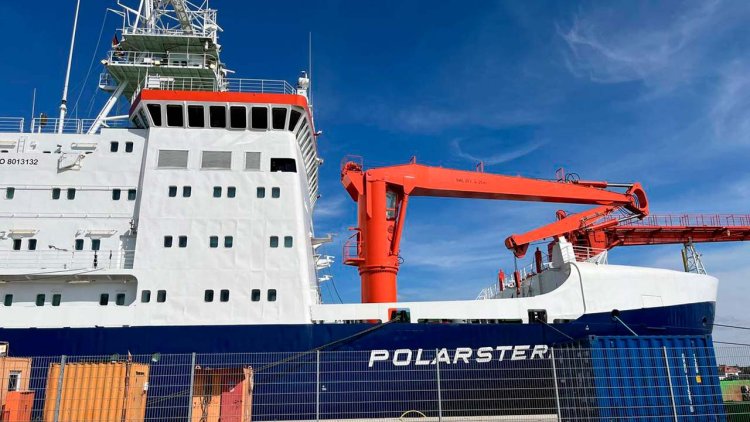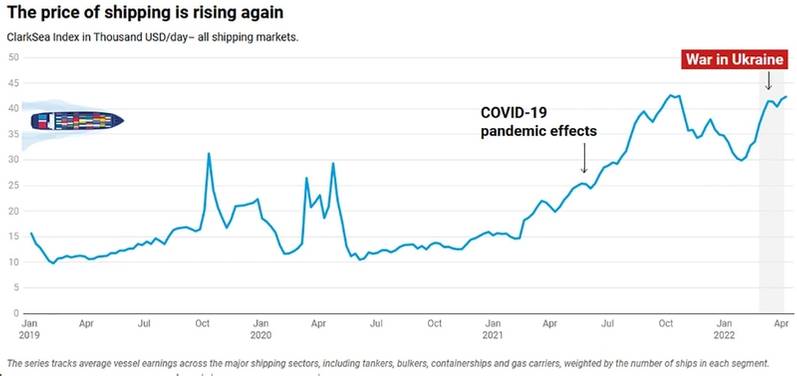The world’s largest cash buyer of ships for recycling will be at Posidonia 2022 and on the lookout for like-minded shipowners to deliver ESG friendly ship recycling.
A fundamental shift in attitudes towards ship recycling is forcing a change in the way owners deal with scrapping.
Operating shipowners, private equity and tonnage providers feeling the heat from cargo clients, banks and investors are now being urged to engage with the entire ship recycling process – from the sale contract to the last steel plate lifted ashore.
GMS’s Head of Green Recycling, Dr Anand Hiremath, says that evidence of the shift is overwhelming.
“Look at the data. Last year, for the first time, every ship GMS sold to India went to a yard holding Hong Kong Convention Statement of Compliance.”
Pressure from prominent shipping banks that work closely with ship cash buyers and other stakeholders such as DNB and Nordea to improve standards is taking the form of solid recommendations to their owner clients to get closely involved in ship recycling. Engagement, they say, will minimize the impact on the environment and society that results from poor recycling practices.
Getting involved typically involves developing a company recycling policy, obtaining an Inventory of Hazardous Materials (IHM) for every ship in the existing fleet, using fewer hazmats used during construction, conducting due diligence of scrap yards, proper supervision, and documentation at the waterfront. Involvement can also extend to inserting responsible ship recycling clauses in sale contracts for ships approaching the end of their trading lives.
Changing commercial landscape
Senior Trader of top cash buyer of ships for recycling, GMS, Vagelis Chatzigiannis acknowledges that historically there has been a reluctance to engage with green recycling from some quarters. But he points to the ever-growing number of high-quality ship recycling yards in India combined with ESG pressure on owners as main drivers for the shift in both attitude and practices. “The landscape is changing for sure. Owners who were solely price-driven are considering the impact of the continuously changing ESG environment. Green deals, involving yard selection and auditing, supervision and documentation are now very much part of our daily trading activities,” he says.
Chatzigiannis says ship and offshore owners are now looking for turnkey green solutions. “We aren’t simply ship cash buyers; We actively walk clients through the ship recycling process hand to hand, and cover all aspects of their recycling needs from regulatory, commercial and operational aspects; not just delivery of the units, but including completion of the recycling process and the issuance of the recycling completion certificate.
He adds that owners now want to see evidence and hard facts about the benefits of opting for a green solution. “It is important to be able to quantify the benefits and savings to the environment by choosing ESG practices, which our SSORP can deliver.”
Singapore based GMS trader Jamie Dalzell believes owners are helping to force the pace of change. ‘We are seeing more requests for HKC compliant offers these days as owners seek to comply with growing ESG requirements. This is indeed encouraging and in turn, leads to an increase in the number of yards along with upgrades on existing HKC yards as they seek to satisfy this demand.’
No short cuts
The person in charge of SSORP, Dr Anand Hiremath holds a PhD in ship recycling and divides his time advising shipowner clients and recyclers on delivering a green solution.
He recognizes the challenges but is proud of his team’s achievements. “Our purpose is safer and greener recycling – up to now, 102 ships (including 25 offshore units) have been safely recycled under our supervision. The SSORP team has completed more projects than any other compliance monitoring company in the world.”
He says the services required by owners are all significant contributors to responsible recycling. “Typically, the work involves preparing the Inventory of Hazardous Materials (IHM), helping the yard develop a Ship Recycling Plan, evaluating the Ship Recycling Facility Plan, hazardous waste management, risk assessment, daily safety observation, effective implementation of ship recycling plan, estimation of carbon footprint, monitoring the recycling process and providing a weekly/monthly/ completion report as per HKC guidelines.”
Dr Hiremath says owners are looking for full transparency backed up by accurate data. “Under SSORP, we collect 281 data points during the compliance monitoring process. But it is not all about the number of data points – more the transparency and accuracy we bring, acting as shipowner’s eyes and ears at ground zero”.
Source: https://www.maritimelondon.com/news/gms-pioneers-esg-friendly-recycling-solutions








